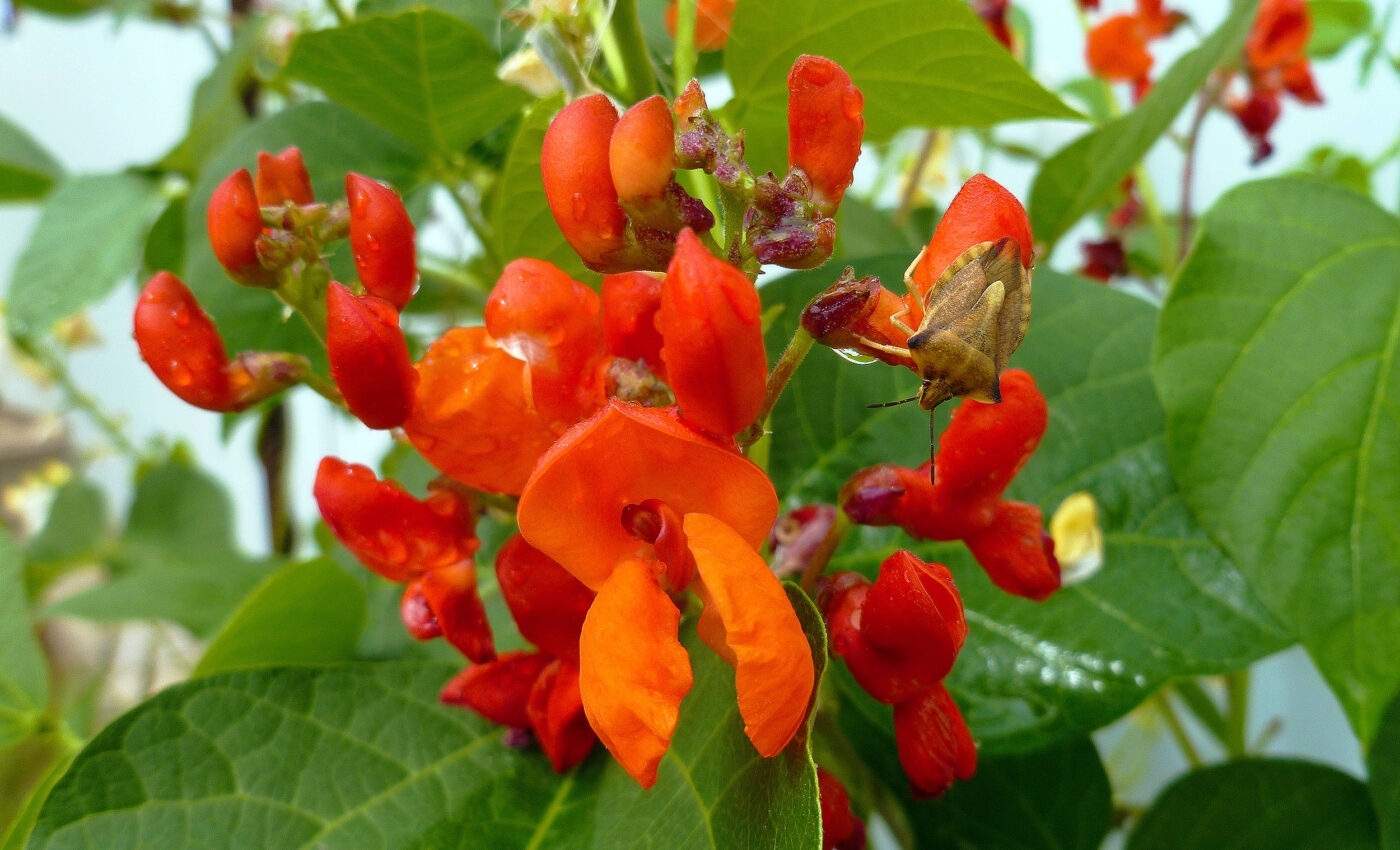
Domesticating plants permanently alters their microbiome
Recent studies by the University of Oxford have unveiled fascinating insights into how human intervention in crop domestication impacts the microscopic world of plants and their microbiomes.
This research delves deep into the changes brought about in the plant microbiome — the community of microorganisms living with plants — as a result of domestication.
Importance of plant microbiomes
Dr. Riccardo Soldan from Oxford’s Department of Biology spearheaded this research.
“Our findings reveal a universal pattern: irrespective of the domestication process’s location and method, domesticated plants exhibit distinct microbial communities compared to their wild relatives,” Soldan said.
“This discovery is pivotal, as understanding these specific microbial associations in domesticated crops could eventually lead to the development of tailored microbial communities. Such communities could potentially enhance plant health and productivity,” he concluded.
The study’s significance is further highlighted by the potential benefits these microorganisms can impart to their host plants.
These include improved growth, increased stress and disease resistance, and better tolerance to drought conditions.
This knowledge paves the way for innovative strategies to boost crop yields and strengthen food security.
Microbial communities in domestic beans
Delving into the specifics, the research focused on two independently domesticated crop species in Mesoamerica and South America: Phaseolus vulgaris (common bean) and Phaseolus lunatus (lima bean).
The team analyzed the microbial communities associated with these beans, particularly concentrating on seed-associated microbes.
This focus stems from the observation that seeds, a vital part of bean crops, have undergone considerable changes during the domestication process.
These alterations include size increases and mineral content variations, which impact the seed quality and cooking properties.
The study employed advanced statistical and machine learning techniques to discern clear differences in the microbial compositions between wild and domesticated plants.
Intriguingly, these differences were linked to changes in the seed’s mineral content observed across multiple domestication events.
For instance, the decrease in calcium concentrations in domesticated P. vulgaris seeds –- likely selected for their improved cooking qualities -– correlated significantly with shifts in microbiome composition.
Significant plant microbiome discoveries
Professor Gail Preston is another key figure in the research team.
“Our results suggest that the parallel trends seen in the microbial communities of independently domesticated plants could be due to the similar plant traits selected during domestication. In essence, the quest for larger, more nutritious seeds in different parts of the Americas led to analogous changes in the seed microbiome,” said Preston.
“This understanding not only sheds light on the factors influencing microbial communities in plants but also opens up exciting avenues to modify domesticated crop microbiomes. Such modifications could enhance plant resilience and boost productivity,” Preston concluded.
Future of crop domestication research
Looking ahead, the team aims to expand their research to other plant traits and a broader spectrum of crop species.
A central question guiding their future work is whether certain beneficial traits in wild species – traits that attract a diverse and health-promoting microbiome — could be reintegrated into domesticated crops.
This exploration could potentially revolutionize our approach to agriculture, marrying ancient plant wisdom with modern scientific understanding.
The full study was published in the journal Current Biology.
—–
Like what you read? Subscribe to our newsletter for engaging articles, exclusive content, and the latest updates.
Check us out on EarthSnap, a free app brought to you by Eric Ralls and Earth.com.
—–













